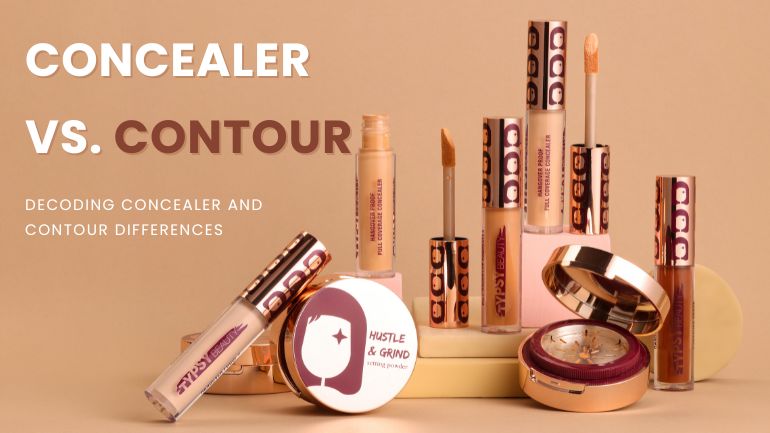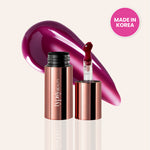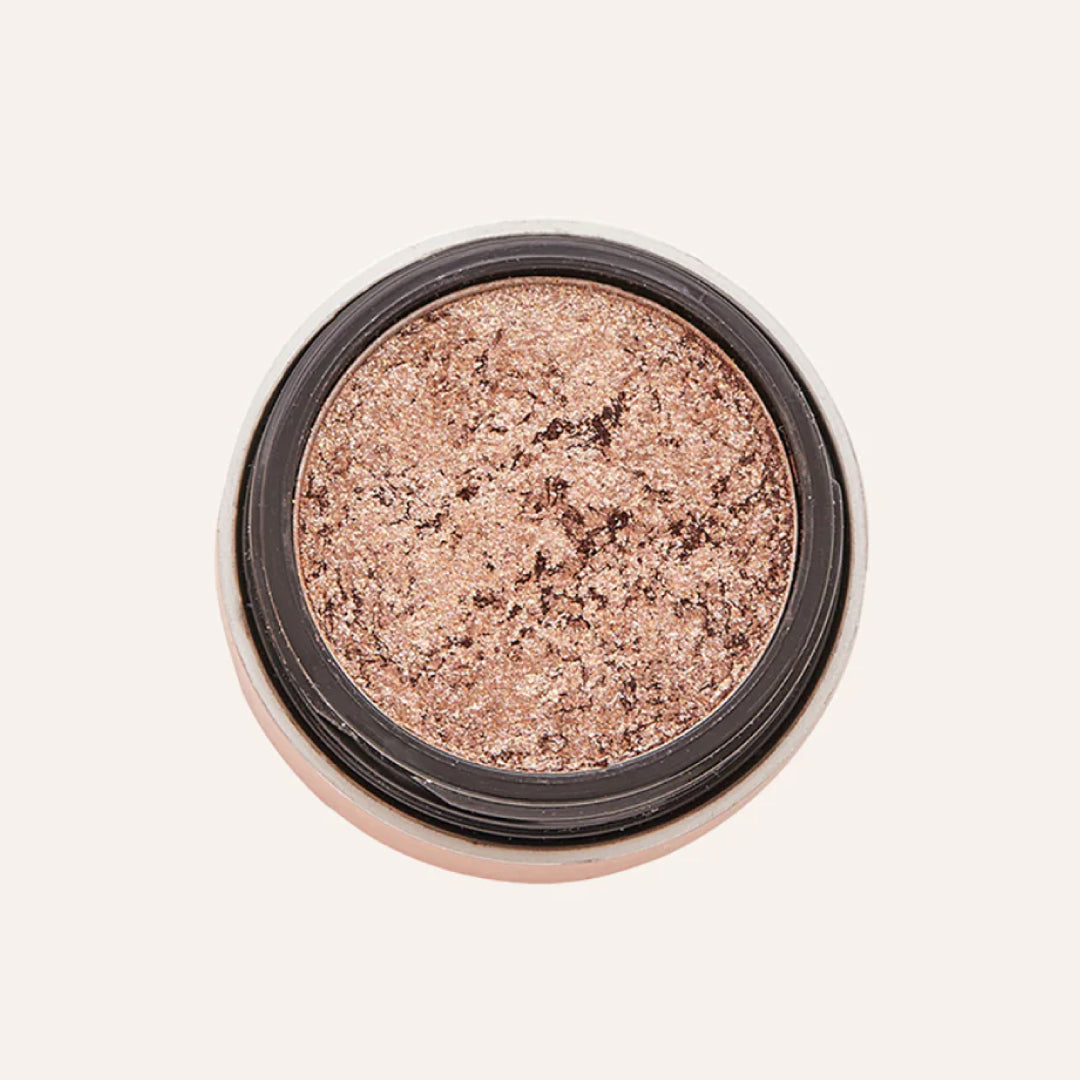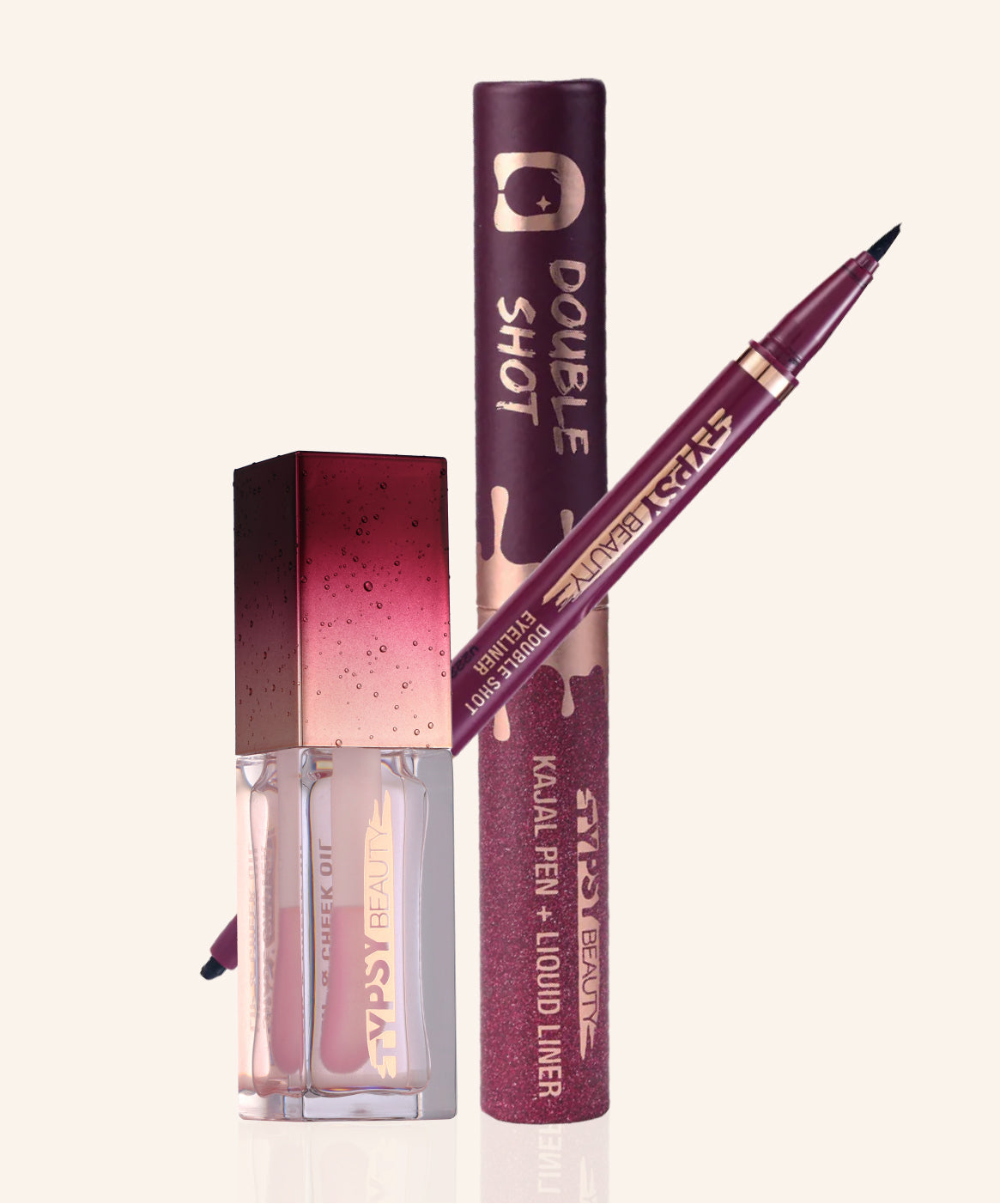- Flat 450 Off above 1799 | Flat 250 Off above 1399
- Flat 450 Off above 1799 | Flat 250 Off above 1399
- Flat 450 Off above 1799 | Flat 250 Off above 1399
- Flat 450 Off above 1799 | Flat 250 Off above 1399
- Flat 450 Off above 1799 | Flat 250 Off above 1399
- Flat 450 Off above 1799 | Flat 250 Off above 1399
- Flat 450 Off above 1799 | Flat 250 Off above 1399
- Flat 450 Off above 1799 | Flat 250 Off above 1399
- Flat 450 Off above 1799 | Flat 250 Off above 1399
- Flat 450 Off above 1799 | Flat 250 Off above 1399
- Flat 450 Off above 1799 | Flat 250 Off above 1399
- Flat 450 Off above 1799 | Flat 250 Off above 1399
Concealer vs. Contour: Decoding Concealer and Contour Differences
Maya Deiss
Confused about the difference between concealer and contour? Fret not! In this article, we will decode the dissimilarities between concealer and contour and also, provide tips on how to use each product effectively to achieve a flawless makeup look!
The Basics of Concealer and Contour
Concealer and contour are two essential makeup products that can transform your look. While they might sound similar, they serve different purposes and should be used in different ways.
Concealer is a versatile product that helps to hide imperfections like dark circles, blemishes, and discoloration. It usually comes in a thicker consistency and is applied to specific areas that need coverage. Whether you're dealing with under-eye bags or a pesky pimple, concealer can come to the rescue. It works by neutralizing and camouflaging the problem areas, giving you a more even complexion.
Contour on the other hand is used to create dimension and structure to the face. It helps to define features like the cheekbones, nose, and jawline. Contour products are typically applied in a shade darker than your natural skin tone to create shadows and depth. By strategically applying contour, you can enhance your facial features and create a more sculpted look.
The Purpose and Benefits of Using Concealer and Contour
Concealer: The main purpose of using concealer is to hide imperfections and achieve a flawless complexion. Whether you want to cover up dark circles, redness, or acne scars, concealer can be your best friend. It provides extra coverage where your foundation might fall short, allowing you to achieve a smooth and even base for your makeup.
Contour: Contouring, on the other hand, can completely transform your face shape. By using a contour product, you can create the illusion of higher cheekbones, a more defined jawline, and a slimmer nose. Contouring adds depth and dimension to your face, giving you a more sculpted and polished look. It's a technique often used by makeup artists to enhance facial features and create a more symmetrical appearance.
Choosing the Right Concealer and Contour Shade
Choosing the right shade of concealer and contour is crucial for achieving a natural and seamless makeup look. Let us glance over some tips that will help you find the perfect match for your skin tone.
Concealer:
When it comes to concealer, it's essential to choose a shade that matches your skin tone or is slightly lighter. If you're using concealer to cover dark circles, opt for a shade that has peach or orange undertones to neutralize the darkness.
For blemishes and discoloration, choose a shade that matches your skin tone exactly to ensure a seamless blend.
Contour:
When selecting a contour shade, go for a color that is one to two shades darker than your natural skin tone. Avoid shades that are too warm or orange, as they can look unnatural. Opt for a cool-toned contour powder or cream that mimics the natural shadows on your face.
Remember, the goal is to create a subtle definition, not an obvious stripe!
Applying Concealer for a Flawless Finish and Contour for a Sculpted Look
Knowing how to apply concealer and contour correctly is key to achieving a flawless and sculpted makeup look. Here's a step-by-step guide to help you master the application techniques.
Concealer:
- Start by prepping your skin with a moisturizer and primer to ensure a smooth base.
- Apply small dots of concealer directly onto the areas that need coverage, such as under the eyes, around the nose, and on any blemishes.
- Use a concealer brush or your fingertips to gently blend the product into your skin, ensuring a seamless finish.
- Set the concealer with a translucent powder to prevent creasing and extend its longevity.
Contour:
- Begin by choosing a contour product that suits your preferences - whether it's a powder, cream, or stick formula.
- Using a contour brush or a small angled brush, apply the product to the hollows of your cheeks, along the sides of your nose, and under your jawline.
- Blend the product using light, sweeping motions, making sure there are no harsh lines. Remember to blend upwards for a natural-looking finish.
- Finish off with a touch of highlighter on the high points of your face to add luminosity.
Common Mistakes to Avoid
- While concealer and contour can work wonders for your makeup, there are some common mistakes to avoid to achieve a balanced and natural look.
- Applying too much concealer can make your skin look cakey and unnatural. Start with a small amount and build up if necessary. Remember, less is more when it comes to concealer.
- Overdoing the contour can result in a harsh and artificial appearance. Aim for a subtle and natural look by blending the product well and using light-handed strokes.
- Blending is key to achieving a seamless and natural finish. Take the time to blend your concealer and contour properly, ensuring there are no visible lines or patches.
- When selecting a concealer or contour shade, pay attention to the undertones. Using a shade with the wrong undertone can look unflattering and unnatural on your skin.
By avoiding these common mistakes and practicing the application techniques, you can achieve a flawless and sculpted makeup look with ease.
To sum up, understanding the differences between concealer and contour is essential for achieving a flawless makeup application. Concealer helps to hide imperfections, while contour creates dimension and structure. By choosing the right shades and applying the products correctly, you can enhance your natural beauty and achieve a polished look.
Remember to avoid common mistakes and find the perfect balance between concealer and contour for a seamless finish. With these tips and techniques, you'll be able to master the art of flawless makeup application.















